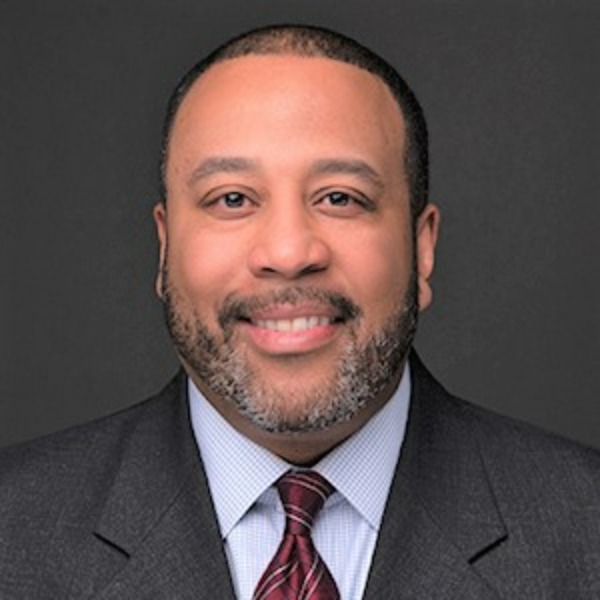Effective ergonomics applies to all employees, and its importance magnifies as we age due to natural degeneration and years of exposure to biomechanical forces.
Workers over the age of 55 represent a large and essential segment of the American economy, and their influence is growing. According to the U.S. Bureau of Labor Statistics, 1-in-4 U.S. workers will be 55 or older by 2030. Since the year 2000, employment rates for people 55 and older have increased from 31.5% to 41.1% by the end of 2022.
Some older workers are not in a position to retire, while roughly 20% of Americans have no plans to retire. Mandatory retirements for law enforcement contribute to a shortage of officers, especially when retirees take an inordinate amount of time to replace.
The work that needs to be done in any operation does not necessarily dissipate when there are fewer workers. The realities of labor shortages can lead to longer hours and more work demands for all workers, including older workers.
10 Ergonomic Strategies to Consider
- Contact ergonomists and/or risk control professionals from your insurance carrier for their expertise in controlling and reducing the risks of ergonomic-related claims. Involve ergonomists in the design of work areas as early as possible.
- Analyze claims and employee reports of discomfort to prioritize which work areas to assess for ergonomics issues and employ work redesign and other interventions. Experts will typically apply a hierarchy of controls approach and consider engineering, administrative, work practice, and equipment controls.
- Align footwear expectations with controlling risks of walking, standing, or climbing work surfaces. If the work surface is slippery, concrete, or some other hard surface, the workplace footwear should be slip-resistant, supportive, and designed for standing on concrete and other hard surfaces within a work environment.
- Establish body mechanics methods by job description to help educate all employees, including an aging workforce, on how to manually handle objects with minimized weight and biomechanical forces to vulnerable areas of the body such as knees, lower back, and shoulders.
- Apply functional employment testing (also known as fit-for-duty testing) during the hiring process to help ensure you are hiring employees who are physically capable of performing the job. Typically, functional employment testing is conducted after the employee is offered employment. If the sequence of conducting functional employment testing is in question, be sure to seek advice from HR and/or legal professionals.
- Set up Ergonomics Steering Committees with stakeholders that can help influence and drive a culture of reducing risk factors. Regardless of the methods of control, ergonomic interventions must be inclusive and accepted by the workforce to be effective.
- Establish a Stretch and Flex program, which includes regular stretching and strengthening of the muscles that are commonly associated with sprains, strains, and other ergonomic injuries.
- Consider providing on-the-job workers’ compensation physical rehabilitation, which helps reduce indemnity costs and tends to help injured employees recover and heal faster.
- Encourage routine use of primary care physicians for health issues that are not related to work. When a workplace injury occurs, co-morbidities can exacerbate the injury and complicate the healing process.
- Plan early to hire to replace retirees. Having enough employees to perform work can reduce overexposure to individual employees.
*The views and opinions expressed in the Public Risk Management Association (PRIMA) blogs are those of each respective author. The views and opinions do not necessarily reflect the official policy or position of PRIMA.*

By: Ariel Jenkins
Assistant Vice President - Risk Services, Safety National
Summary of Qualifications
Ariel has a broad base of knowledge and experience in the areas of workers’ compensation, ergonomics, industrial hygiene, OSHA, fleet safety, auto liability, general liability, and safety & health program auditing & assessment. He has experience working with the manufacturing, construction, ground and air transportation, retail, healthcare, public entities, technology, and service industries.
Responsibilities
Ariel is responsible for leading and directing client services, technical risk control content and risk control services for clients (policyholders) of Safety National. He is also responsible for leading and directing risk control resources associated with the public entity practice and liability insurance product lines.
Business Experience
Ariel is a risk control professional with over 27 years of experience. Prior to joining Safety National, Ariel worked at a major insurance carrier, serving in various capacities as a technical loss prevention consultant of national market accounts. During this time, he was assigned as district safety consultant for the largest transportation company, and one of the largest employers in the U.S. Ariel began his career as a safety consultant with the Missouri Department of Labor and Industrial Relations in the Division of Workers' Compensation, where he was responsible for monitoring the loss control services of insurance carriers and performing risk evaluations for self-insured applicants.
ERM Experience
Ariel has consulted to a fortune 500 company on aspects of ERM with respect to multiple stakeholder operational and strategic risks.
Professional Affiliations
Ariel has earned his Certified Safety Professional (CSP) designation, and Associates in both Risk Management (ARM), Public Entity (ARM-P), and Enterprise-Wide Risk Management (ARM-E). Ariel is a member of the American Society of Safety Engineers (ASSE), and served as sustainability chair for the Missouri Safety Council in 2009.
Education
Ariel is a graduate of the University of Central Missouri with a bachelor’s degree in industrial safety management. He also earned a Master of Business Administration degree from Lindenwood University in St. Charles, MO.



